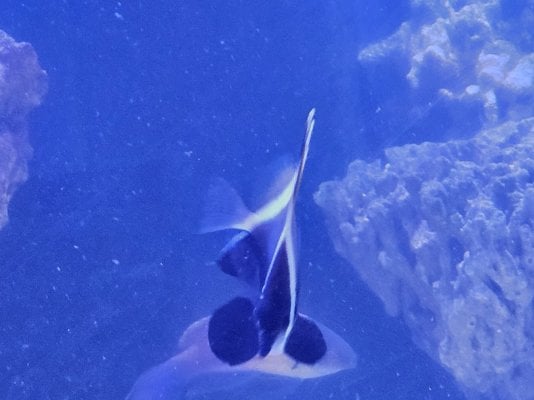Went on the hunt for butterflies tonight but was unfortunately unsuccessful in finding any that looked at least somewhat healthy. Stopped at 3 LFS, only 1 had any, and they looked rough 
I did come home with some really nice wrasses though!
I did come home with some really nice wrasses though!






















